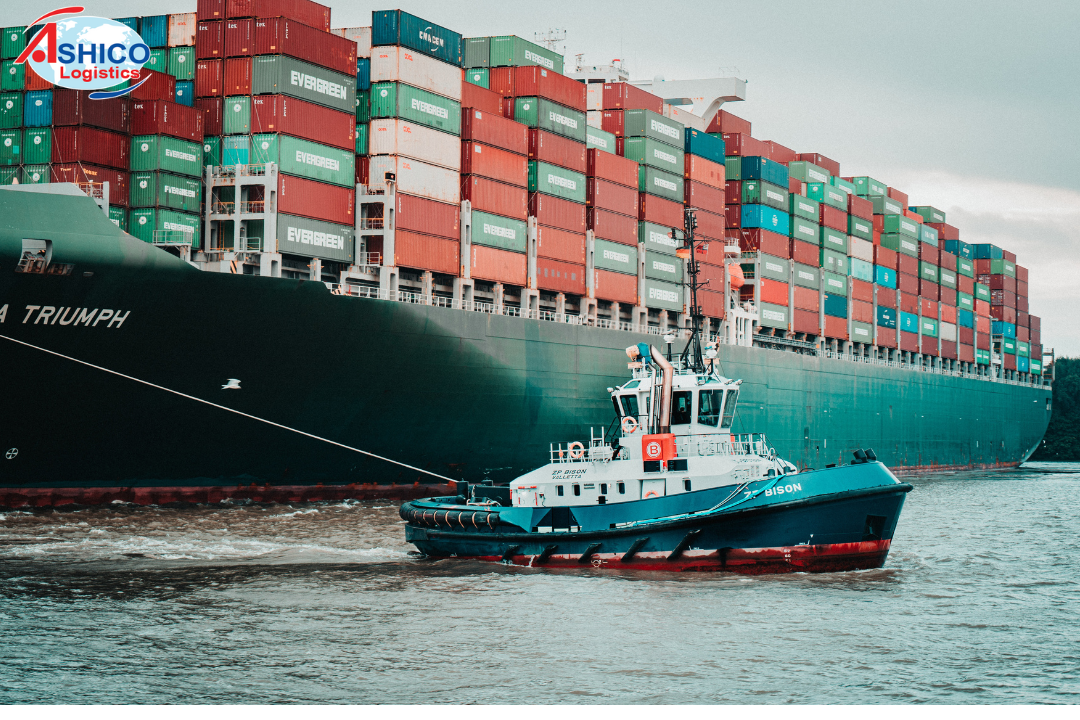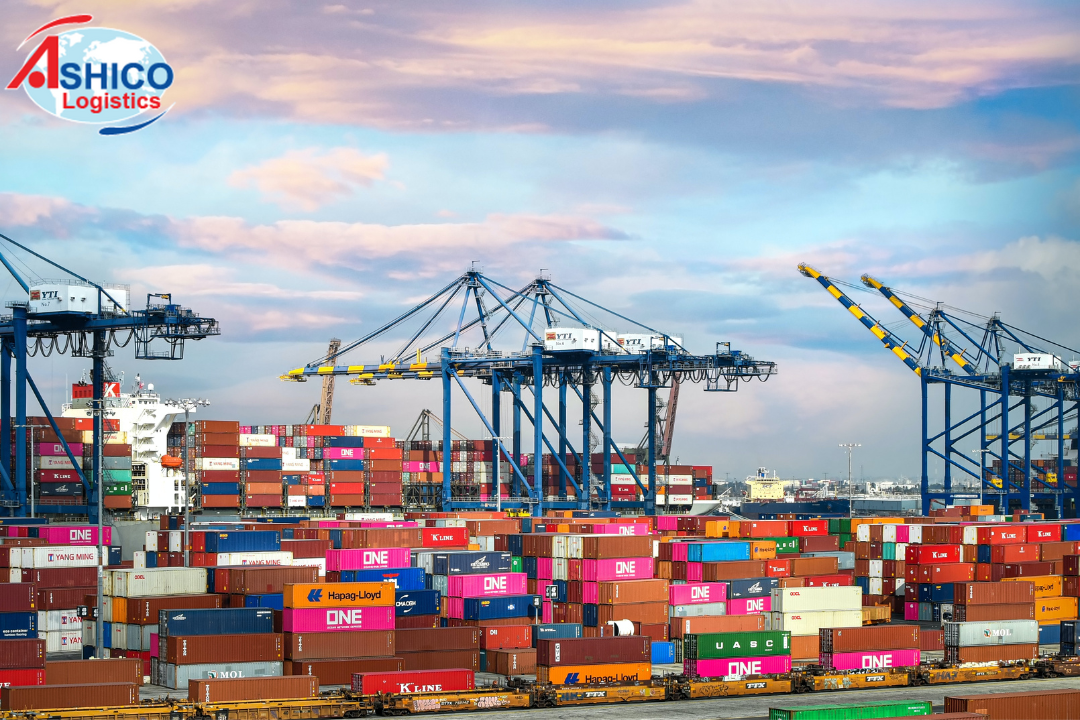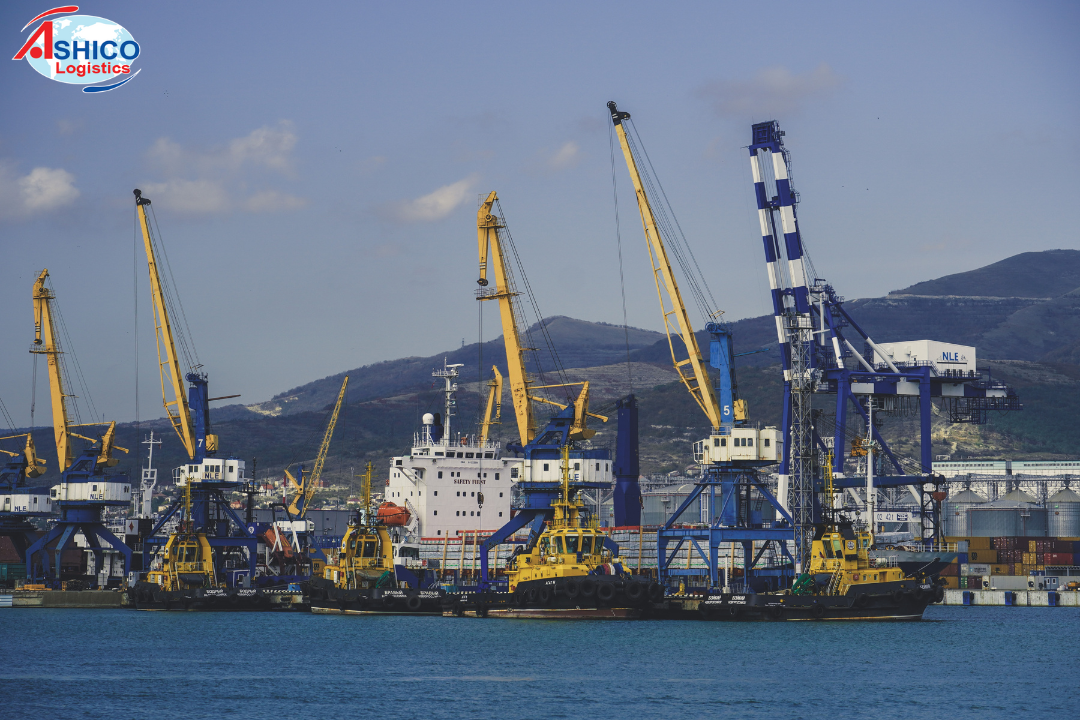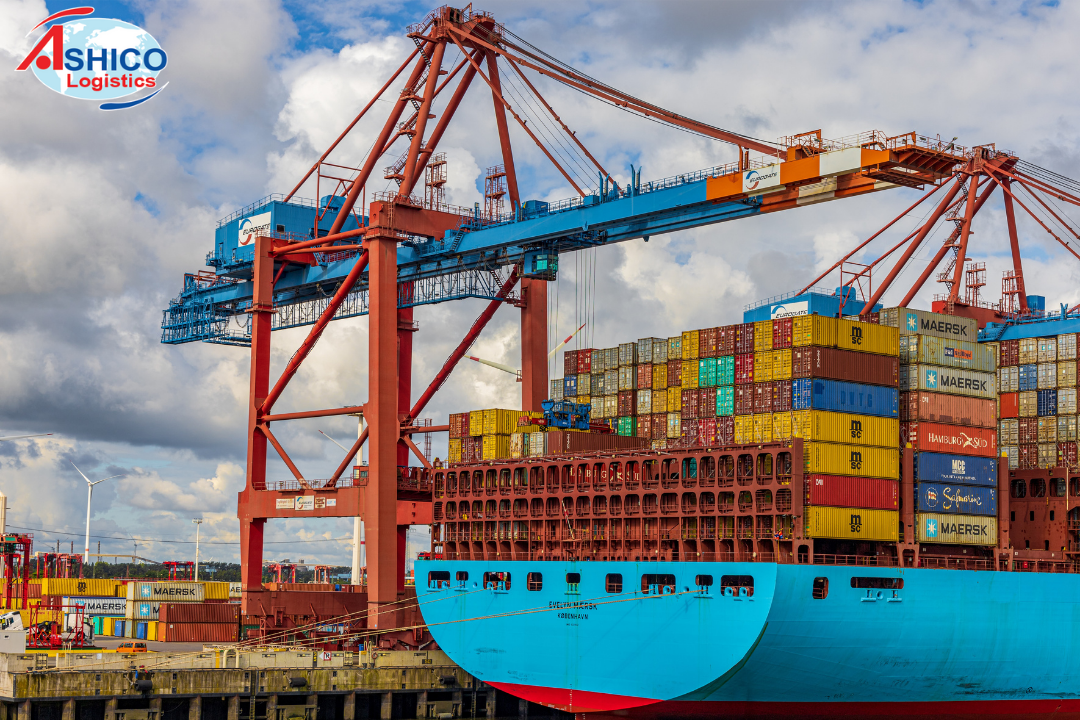
Sea freight costs reduced before Covid-19
Reduced ocean container shipping costs help retailers save money, while delaying the signing of new contracts to lower prices further.
The spot rate is now down more than 90% from its peak during the pandemic, due to reduced demand for transportation. The average spot price to ship a container from Asia to the US West Coast as of March 23 was $1,289, according to Xeneta data. For a medium-sized importer, they can save millions of dollars per year at current prices.
(1).png)
Ocean carriers try to fill containers while demand is going down.
Ms. Kaitlyn Glycy, North America Regional Director of Flexport Inc. said that companies always value the reliability of the flow of goods and consistency in prices. If guaranteed, they are willing to commit to part of the imported goods at a fixed price in the contract. However, Glacy said many of Flexport's customers, who have inventory worth $20,000 per box, are willing to enter the spot market to increase profits.
"Cost is still the most important factor for customers. Some people decide not to contract for shipping right away because they don't have to worry about running out of ships in the coming months. Meanwhile, ocean carriers are accepting ships. container has ordered the previous design but the demand for shipping space is getting lower and lower," said Ms.
Importers usually sign new contracts in the middle of the year, when most retailers plan to stock up on consumables for the shopping season. Retailers are also rapidly closing deals and are willing to pay record amounts to ensure there is enough container ship space.
According to Michael Shaughnessy, senior vice president of operations and supply chain Balsam Brands Inc., the company plans to contract shipping in the next few weeks at a discount of about 75% of last year's price, roughly the same amount. with prices in 2019. Due to market demand, ocean carriers are trying to fill the space on ships. Before that, last year, retailers oversupply while consumer spending fluctuates. Many shippers are still dealing with excess inventory.
The number of US containers imported in February was 25% lower than in 2022 and 0.3% lower than in February 2019, according to Descartes Datamyne data. Xeneta CEO Patrik Berglund said that many sellers are trying to bargain shipping prices down to low levels, as spot rates continue to fall. Mr. Berglund predicts sea freight prices will continue to decrease in the near future.
S&P Global's monthly survey of purchasing managers showed that new export orders declined worldwide throughout the second half of last year and in January. Also in January , the IMF forecasts that global trade growth will slow to 2.4% this year, from 5.4% in 2022.
Leah Fahy, an economist at the consulting firm Capital Economics (UK), said that the weakening demand situation outside of China will persist for a while longer.
Phi Hung (according to WSJ)









